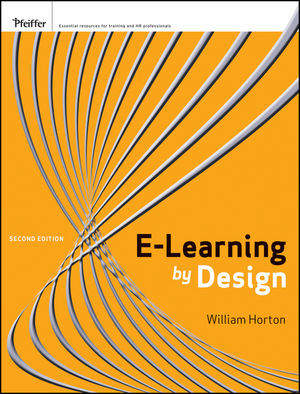

Most ebook files are in PDF format, so you can easily read them using various software such as Foxit Reader or directly on the Google Chrome browser.
Some ebook files are released by publishers in other formats such as .awz, .mobi, .epub, .fb2, etc. You may need to install specific software to read these formats on mobile/PC, such as Calibre.
Please read the tutorial at this link: https://ebookbell.com/faq
We offer FREE conversion to the popular formats you request; however, this may take some time. Therefore, right after payment, please email us, and we will try to provide the service as quickly as possible.
For some exceptional file formats or broken links (if any), please refrain from opening any disputes. Instead, email us first, and we will try to assist within a maximum of 6 hours.
EbookBell Team

4.4
72 reviews• develop meaningful activities and lessons
• create and administer online tests and assessments
• design learning games and simulations, and
• effectively implement an individualized program
The second edition will feature chapter-by-chapter revisions and add new sections and updates that address: new delivery technologies, including social networking, mobile learning, and the use of other new mobile devices; learning from available content; repurposing content; setting and following quality Standards, a revised Catalyst Model and Examples, How We Will Learn Model and Examples, and designing for International and Multi-cultural Audiences, as well as all-new contemporary case studies, examples, and activities. New edition will also include two free online resources: a downloadable instructor's manual, and a premium content site featuring additional examples and case studies, tools and resources.Content:
Chapter 1 Designing E?Learning: Planning the Development of Online Learning (pages 1–66):
Chapter 2 Absorb?Type Activities: Presentations, Demonstrations, Stories, and Field Trips (pages 67–128):
Chapter 3 Do?Type Activities: Practice, Discovery, and Playing Games (pages 129–162):
Chapter 4 Connect?Type Activities: Linking Learning to Life, Work, and Future Learning (pages 163–214):
Chapter 5 Tests: Assessing Learning (pages 215–284):
Chapter 6 Topics: Accomplishing Specific Learning Objectives (pages 285–322):
Chapter 7 Games and Simulations: Learning by Playing and Pretending in Virtual Worlds (pages 323–398):
Chapter 8 Social Learning: Learning as and from a Group (pages 399–500):
Chapter 9 Mobile Learning: E?Learning for People on the Go Out in the World (pages 501–538):
Chapter 10 Design for the Virtual Classroom: Designing and Delivering Instructor?Led Webinars and Courses (pages 539–582):
Chapter 11 Conclusion: The Future of E?Learning (pages 583–586):